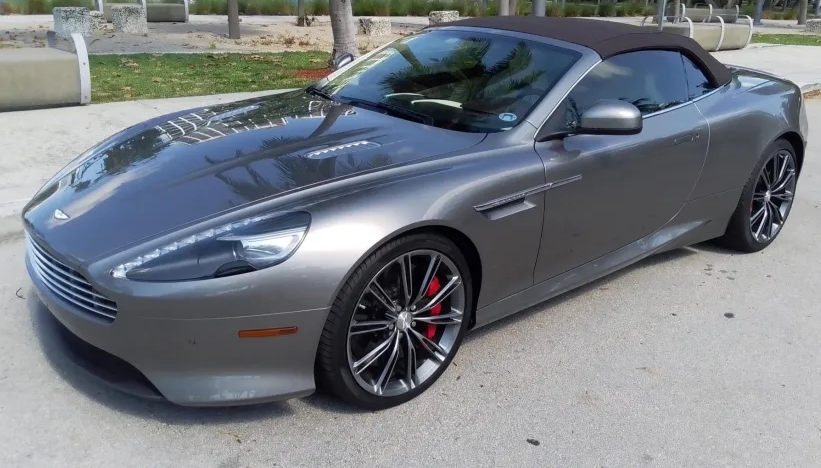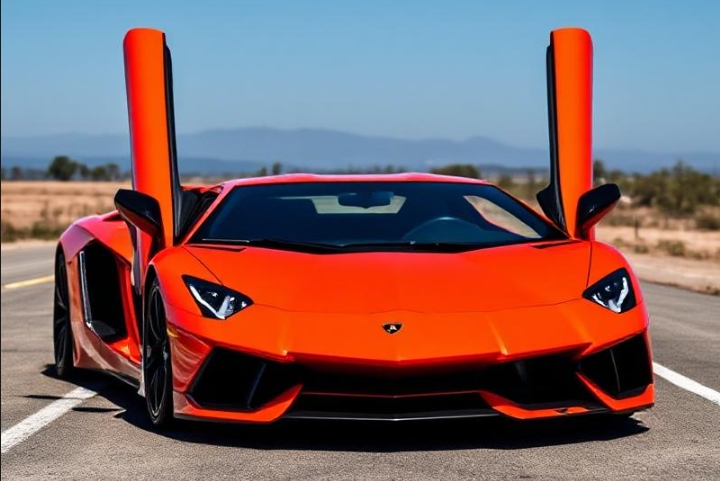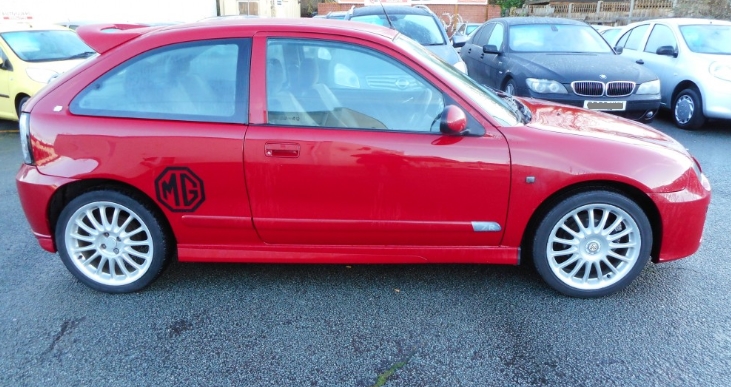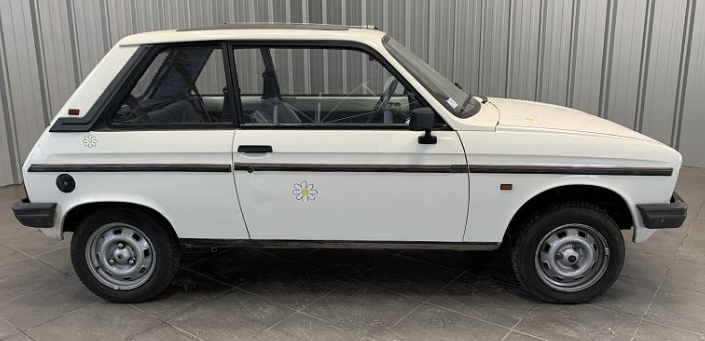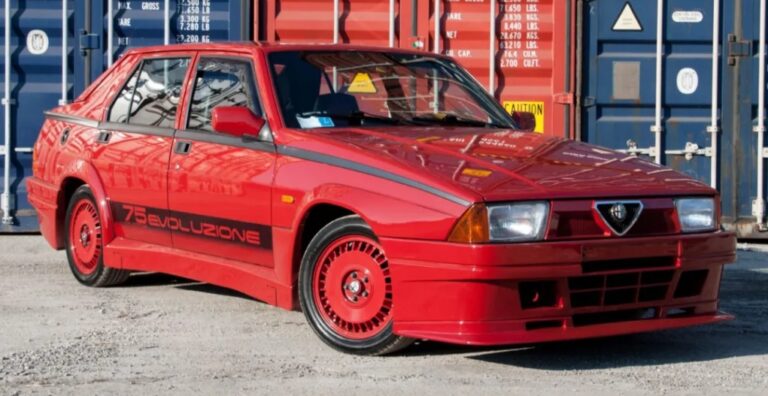The Evolution of the Aston Martin Virage
The Aston Martin Virage stands as a distinctive chapter in the iconic British automaker’s history, representing a blend of refined luxury and high-performance engineering. Introduced during a pivotal era for Aston Martin, the Virage underwent several evolutions, encompassing various models and trim levels that reflected changing automotive trends and technological advancements. This article traces the full history of the Aston Martin Virage, detailing its production timeline, model variations, and key features.
Introduction and Early Development (1989–1990)
The Aston Martin Virage was unveiled in 1988 as a 1989 model, marking a significant departure from the preceding models like the V8 Vantage and the earlier DBS. Conceived during a period when Aston Martin was re-establishing its identity as a producer of both luxury grand tourers and high-performance sports cars, the Virage was designed to fill the gap between the more sporty V8 Vantage and the luxurious, yet somewhat dated, DBS.
The Virage was built to offer a more refined, comfortable driving experience while maintaining the performance heritage of Aston Martin. It was based on a modified chassis derived from the V8 Vantage but featured a more luxurious and spacious body. The initial models were hand-built at the Newport Pagnell facility, emphasizing bespoke craftsmanship and exclusivity.
First Generation Aston Martin Virage (1989–1996)
Production Years: 1989–1996
The first-generation Aston Martin Virage was produced over a span of seven years, with a total of approximately 1,000 units built. It was available in two primary body styles: a coupe and a Volante (convertible).
Model Variants and Trim Levels
- Virage Coupe: The standard two-door coupe, characterized by its sleek lines, classic Aston Martin grille, and elegant proportions.
- Virage Volante: The convertible version, introduced shortly after the coupe, offering open-top driving comfort while retaining the model’s luxurious appeal.
The early models in this generation were powered by a 5.3-liter V8 engine. Initially, the engine produced around 330 horsepower, enabling the Virage to achieve a top speed of approximately 165 mph (266 km/h). The engine featured Bosch electronic fuel injection and a five-speed ZF automatic transmission in most configurations, emphasizing smoothness and ease of driving.
Key Features and Upgrades
Throughout its production, the first-generation Virage saw several enhancements:
- Exterior: Minor updates to front and rear bumpers, grille refinements, and lighting.
- Interior: Upgraded leather upholstery, wood veneer trims, and improved sound insulation.
- Mechanical: Introduction of Bosch Motronic engine management systems, improved suspension for better ride quality, and upgraded braking systems.
Special Editions
During this era, Aston Martin released limited edition models based on the Virage platform, such as:
- Virage Volante Lapis Blue: A limited edition with unique paint and interior options.
- Virage 500 Series: A more powerful version with slight engine tuning, producing around 350 horsepower.
The Mid-Cycle Refresh (1993–1996)
In 1993, Aston Martin introduced a significant facelift for the Virage, often referred to as the “Phase 2” update, which continued until the model’s replacement.
Design and Mechanical Updates
- Exterior: New headlamp design, revised bumpers, and a more contemporary grille.
- Interior: Enhanced ergonomics, upgraded materials, and optional features such as leather headliner and bespoke trim packages.
- Engine: Slight increase in power output, now around 330–340 horsepower, with improvements in torque and responsiveness.
- Technology: Introduction of ABS brakes, improved climate control, and optional upgraded audio systems.
The 1993 facelift was aimed at keeping the Virage competitive amid rising luxury and performance standards, and it reinforced the model’s reputation for craftsmanship and exclusivity.
The Virage Volante (1992–1996)
The open-top Virage Volante remained a highly sought-after variant. It retained the same mechanical specifications as the coupe but added the appeal of open-air motoring. The convertible was fitted with a power-operated soft top that could be raised or lowered in approximately 20 seconds.
The Volante offered an enhanced driving experience, combining the luxury of a grand tourer with the thrill of open-air driving, making it popular among collectors and enthusiasts.
The End of the First Generation (1996)
By 1996, Aston Martin announced the end of the Virage’s first-generation production run, making way for a new model that would further evolve the brand’s lineup. The Virage, with its handcrafted build and bespoke options, had established itself as a symbol of exclusivity and luxury.
Transition to the New Virage (2000–2006)
Although the first-generation Virage ended in 1996, Aston Martin revived the nameplate for a second generation in 2000, marking a new chapter with modern styling and technology.
Production Years: 2000–2006
The second-generation Aston Martin Virage was introduced as a more contemporary luxury grand tourer, blending modern design cues with traditional craftsmanship.
Model Offerings and Trim Levels
- Virage (Base): The standard model featuring a 6.0-liter V12 engine producing approximately 490 horsepower.
- Virage Volante: The convertible version, sharing the same engine and performance characteristics with a power-folding soft top.
- Virage 6.3: An upgraded variant with a 6.3-liter V12 engine, producing around 510 horsepower, offering improved performance.
This generation was characterized by a more aerodynamic body, with smoother lines, enlarged grille, and modernized lighting elements. The chassis was based on the VH (Vertical Horizontal) platform, which improved rigidity and handling.
Technical and Luxury Features
- Engine: The 6.0-liter V12, featuring DOHC (dual overhead cam) architecture, Bosch Motronic engine management, and a six-speed automatic transmission.
- Interior: Luxurious leather upholstery, extensive wood veneer, customizable options, and advanced climate control.
- Technology: Introduction of electronic stability control, improved suspension systems, and upgraded audio and navigation systems.
Special Editions
Aston Martin released several limited editions based on the Virage during this period:
- Virage Le Mans: Commemorative edition with unique paint and interior detailing.
- Virage 6.3 Centenary Edition: Celebrating Aston Martin’s 100th anniversary, featuring bespoke interior trims and exterior accents.
.
You’ve got that cool car, but is it resting in its own cool place?
It’s visually pleasing for the surrounding areas outside of your home to look as awesome as what’s stored inside your garage! If you desire a truly inspirational environment, you should check into these plans!

.
The Final Years and Discontinuation (2006)
In 2006, Aston Martin phased out the Virage nameplate, replacing it with newer models such as the DB9 and the V8 Vantage, which offered more advanced technology and contemporary styling.
The second-generation Virage remains a sought-after collector’s item, appreciated for its blend of classic Aston Martin styling and modern engineering.
Legacy and Significance
The Aston Martin Virage, across its two generations, exemplifies the marque’s dedication to craftsmanship, luxury, and high-performance engineering. Its evolution from a handcrafted grand tourer in the late 1980s to a modern V12-powered luxury car in the early 2000s reflects broader trends in automotive design and technology.
Throughout its lifespan, the Virage offered buyers a versatile package: a vehicle that could serve as a refined daily driver or a collector’s piece, with numerous bespoke options and special editions. Its limited production numbers and timeless styling have cemented its status as an iconic model in Aston Martin’s storied history.
Conclusion
The Aston Martin Virage’s evolution highlights a journey of technological innovation, design refinement, and bespoke craftsmanship. From its debut in 1989 to its discontinuation in 2006, the model lineup included various trims and editions that catered to a discerning clientele seeking luxury, exclusivity, and performance. While no longer in production, the Virage remains a symbol of Aston Martin’s commitment to excellence—a true classic that encapsulates the brand’s heritage and enduring appeal.
